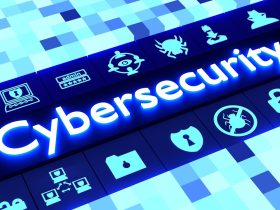The Humanity Protocol, a new entrant in the blockchain arena, is leveraging palm-scanning technology for identity verification. This system aims to enhance digital security and privacy by utilizing unique biometric data from individuals’ palms. By integrating palm scanning with blockchain, the Humanity Protocol provides a decentralized and secure method to verify identities, potentially reducing the risks of identity theft and fraud. This approach marks a significant innovation in the realm of biometric security solutions, offering a robust alternative to traditional verification methods.
Humanity Protocol’s palm-scanning technology works by capturing the unique patterns of veins and ridges in a person’s palm. These biometric details are then securely stored and managed on a blockchain network, ensuring that the data remains tamper-proof and accessible only to authorized parties. This technology not only provides a high level of security but also ensures user privacy by preventing the misuse of personal data.
The adoption of blockchain technology in this context is particularly noteworthy. Blockchain’s decentralized nature means that there is no single point of failure, making it inherently more secure than traditional centralized systems. Additionally, blockchain’s transparency allows for the verification of data integrity without compromising user privacy.
The Humanity Protocol’s approach is expected to have wide-ranging applications. It could be used for secure access to financial services, healthcare, and other sensitive areas where identity verification is crucial. Furthermore, it offers a potential solution for online transactions and interactions, where the risk of fraud and identity theft is ever-present.
The Humanity Protocol represents a significant advancement in the field of biometric security, combining the strengths of palm-scanning technology and blockchain to offer a secure, private, and decentralized method for identity verification. This innovation could pave the way for more secure digital interactions and transactions, protecting individuals’ identities and personal information in the digital age.
Source: biometricupdate.com














Got a Questions?
Find us on Socials or Contact us and we’ll get back to you as soon as possible.